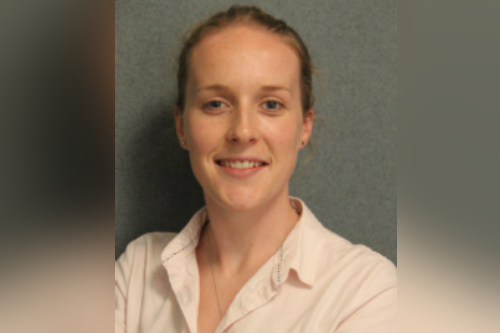

I think it’s fair to say that (by and large) working from home has been a success. There has been no apocalyptic decline in employee productivity, which some naysayers projected at the start of the pandemic. Rather, I would argue that with all the advancements in digitalisation over the past 18 months, employee productivity has improved – or at least evolved to meet modern expectations.
Insurance organisations around the world are slowly announcing their return to office plans for when COVID-19 restrictions are lifted. Many companies are promising their staff hybrid working models, with a set amount of days per week working from an office and a set amount of days working remotely. While I think it’s great that insurance employers are offering more flexibility, I do believe that employers need to set strong boundaries, and, importantly, stick to those boundaries if they want hybrid models to remain successful into the future.
One boundary that I would encourage employers to set revolves around working hours. How many of you feel like you’ve worked longer hours throughout the pandemic? I would hazard a guess that it would be the majority.
That’s not to say everyone has sat at their laptops from 8am until 8pm, working 12-hour shifts every day for the sake of it. Rather, people are starting at 6am and working through until 8am, when they have to feed their kids breakfast and get them ready for school. Then they’ll sign back on around 9.30am and work through until lunch or until the kids finish school, perhaps with breaks for other care giving activities or dog walks. Then it’s time for activities, dinner, household chores, and a couple of extra hours of work in the evening. While people might not be working longer hours in a straight-through shift, they are likely working more hours in total because their days are disjointed and their productivity comes in shorter bursts.
This is not sustainable in the long-term. If insurance employers are going to maintain hybrid working models, they need to ensure that employees are set up in such a way that they can achieve their daily tasks in a set (and healthy) amount of hours. That might mean agreeing to a plan with built-in breaks for care giving activities and family responsibilities, or providing technology solutions to help employees to better manage their time as they work remotely, and possibly even giving ongoing employee training around how to drown out distractions and maintain productivity.
But most importantly, insurance employers cannot forget the lessons learned during the COVID-19 period. This pandemic has been a real eye-opener for many around the importance of open communication and the need to treat employees and colleagues with kindness, compassion and empathy. How many of you have learned something about a colleague through a snapshot into their life on a Zoom call? Perhaps they’ve got kids running around in the background, or they’re caring for elderly parents, or an over-zealous dog, or they’ve got very little space for their remote work set-up and they’re working on top of a spouse, a partner, or a housemate.
Those every day, real-life distractions are often priorities for people. They’re not going to disappear when COVID-19 is eventually brought under control. If insurance organisations continue to operate hybrid models into the future, they need to remember that their employees are juggling those priorities with their work responsibilities, and they need to make sure their employees are comfortable and able to juggle those tasks accordingly.
